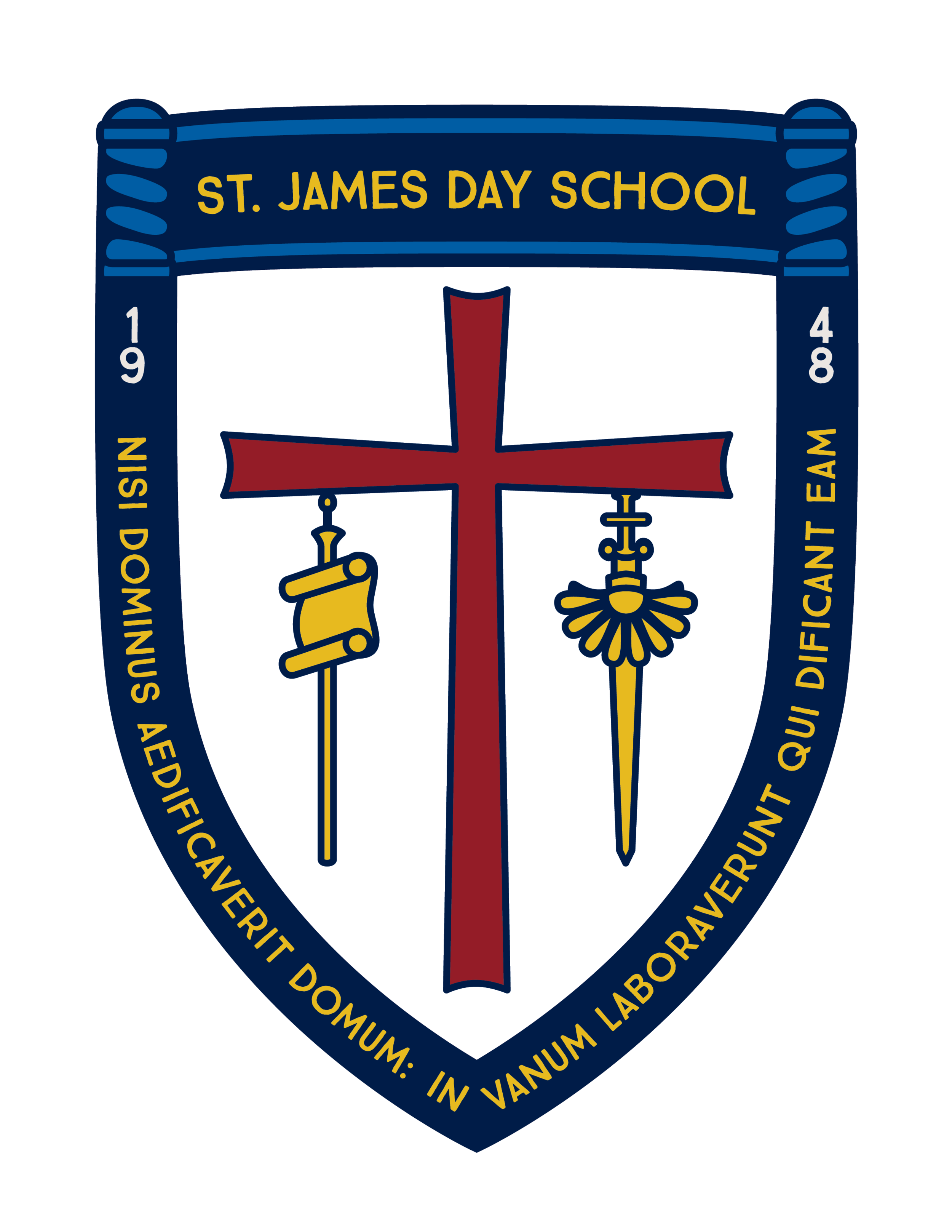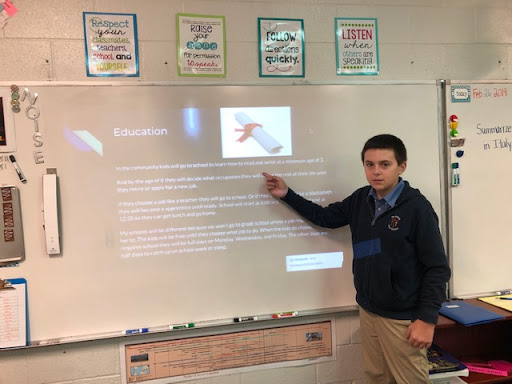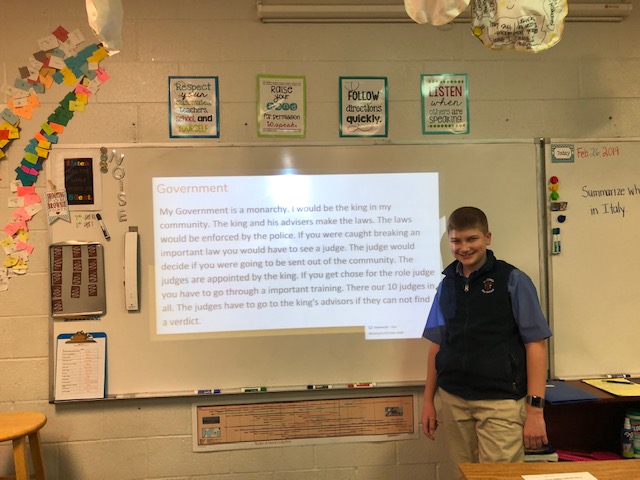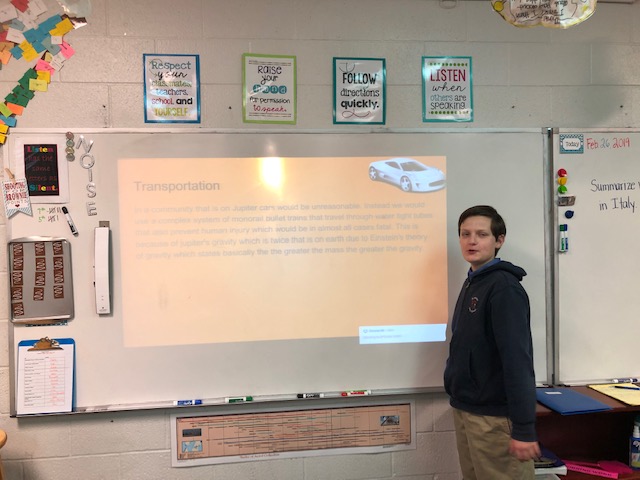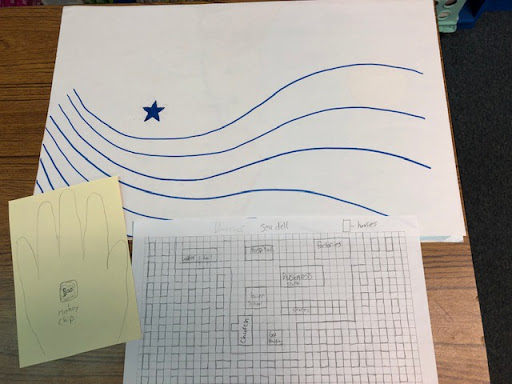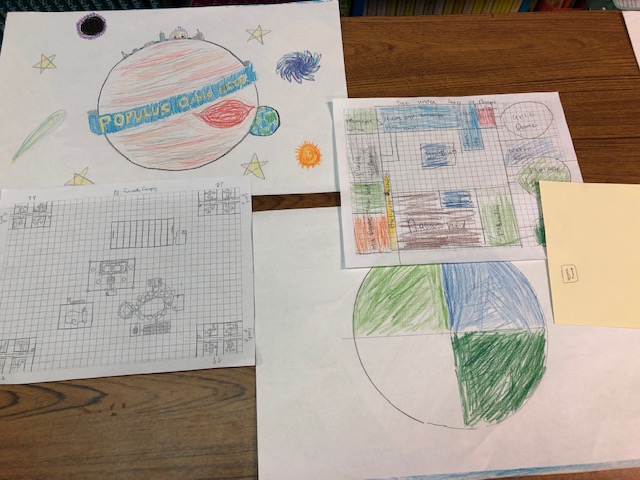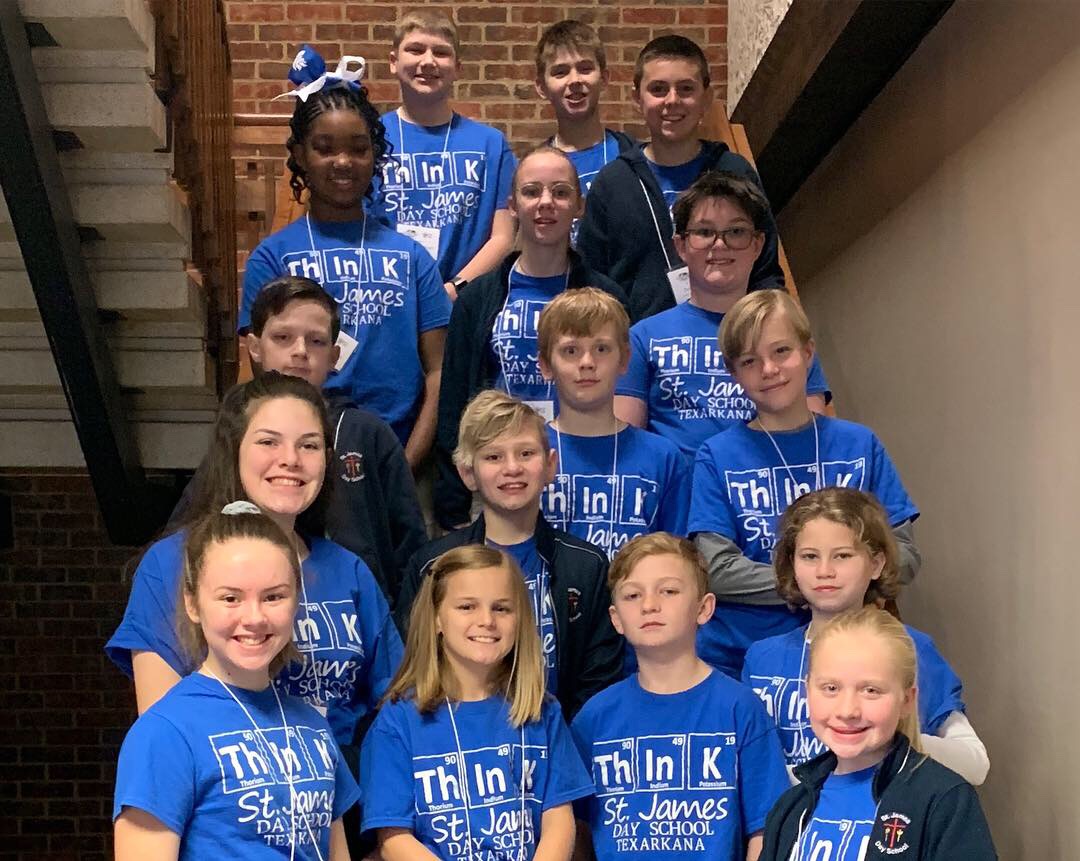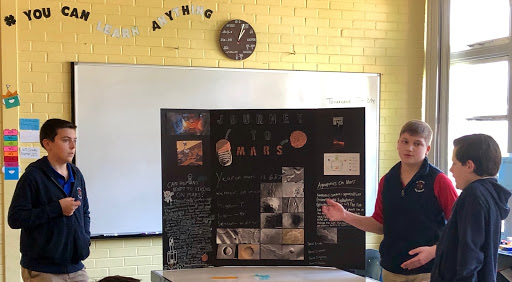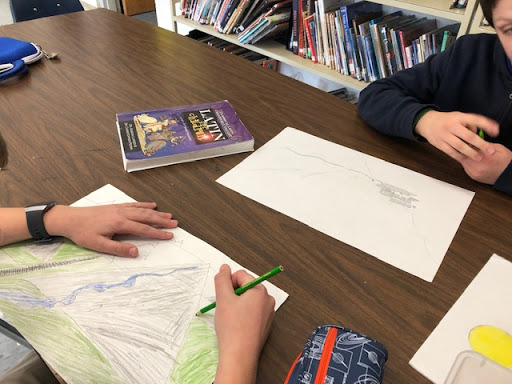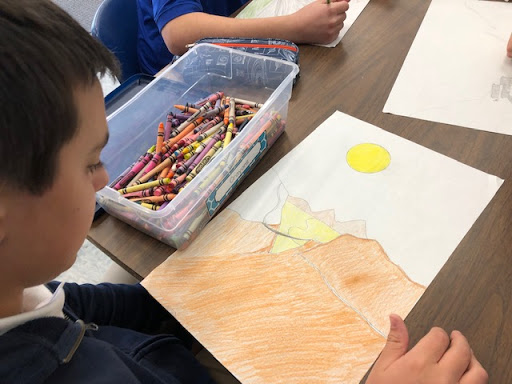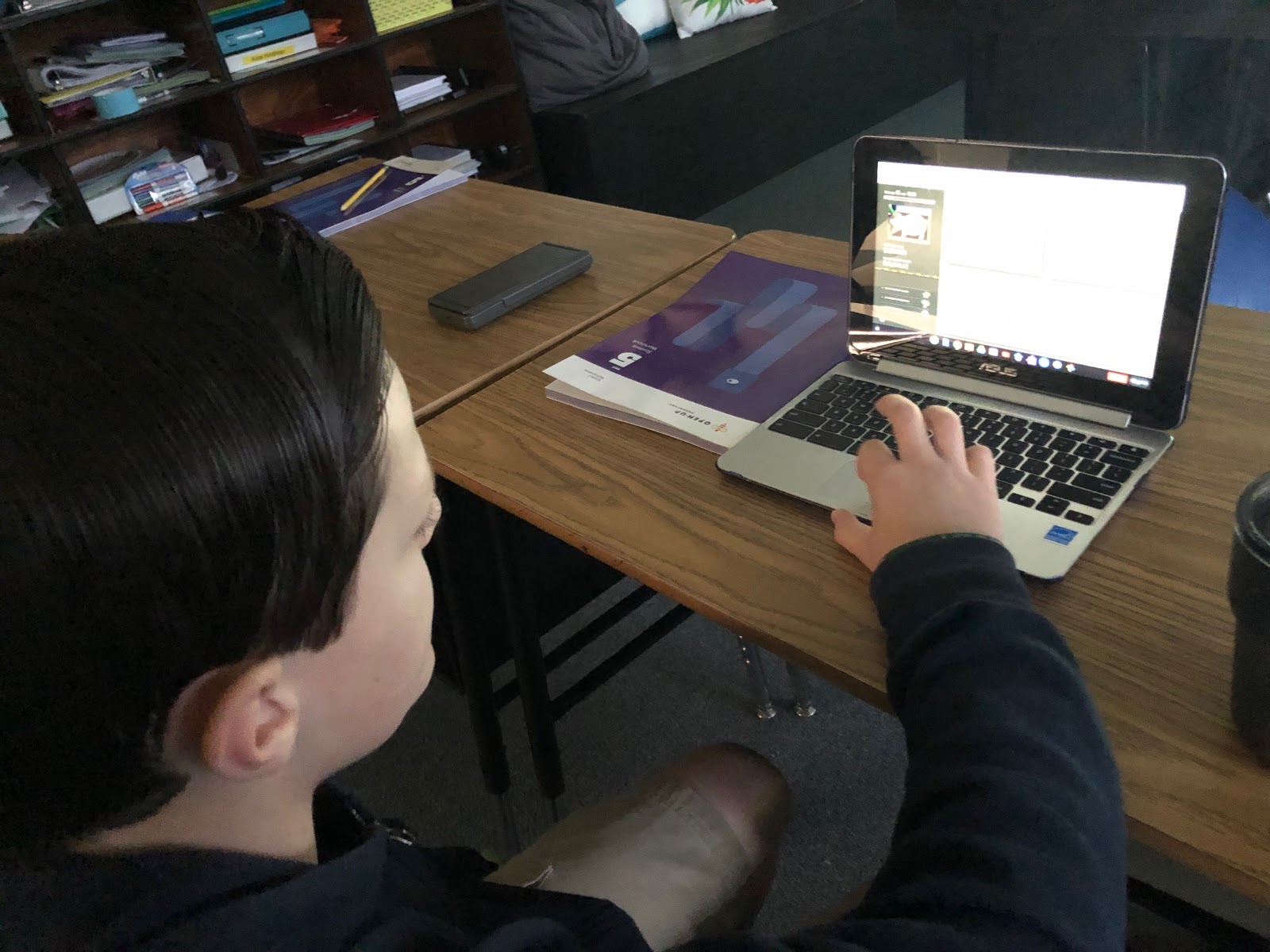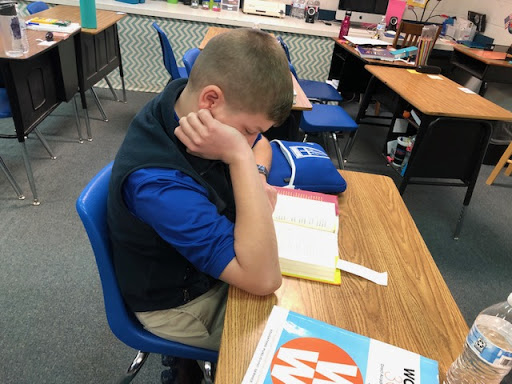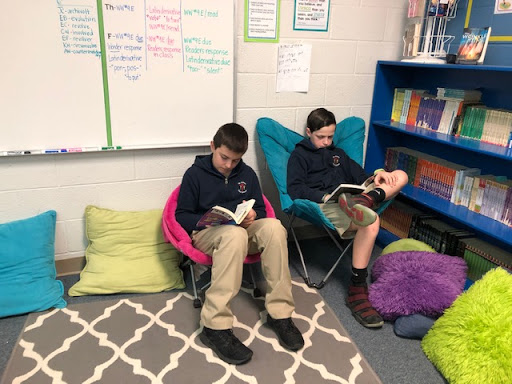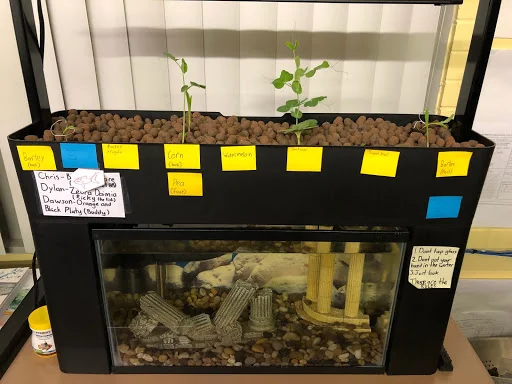LANGUAGE ARTS AND HISTORY:
Last week, as a final project for The Giver novel study, seventh graders designed and presented their own utopias to parents and the 6th grade class. Each student was tasked with developing an ideal community that included all the essential components of any modern society-- government, education, family, jobs, transportation, environment, and technology, et al. They also had to create a map and flag representing their community. What excellent work was produced by all students! Serious thought went into the designs-- we had a water-based community built on a lake, a biome-dominated world, and a community built on a terraformed Jupiter. I loved the creativity each student displayed; the end product reflected their own interests. This is part of the St. James education-- we can truly focus on individualized learning!
MATH AND SCIENCE:
Ft. Worth Regional Science Olympiad
The Spartan Science Olympiad team traveled to Ft. Worth to compete in one of the ten Texas Science Olympiad Regional tournaments. There are over 100 teams in Texas competing at these Regional tournaments for 30 spots at the State tournament. Our team placed 2nd overall at our Regional, so we are eagerly awaiting a notification to see if we advanced to the State level...This would be an incredible feat for a first-year team!
1st Place Events:
Density Lab (Chris & Jonah)
Dynamic Planet (Chris & Nick)
Write It Do It (Annabelle & Molly)
2nd Place Events:
Boomilever (Dylan & Morgan)
Herpetology (Chris & Ayres)
3rd Place Events:
Fossils (Jonah & Morgan)
Thermodynamics (Annabelle & Nick)
